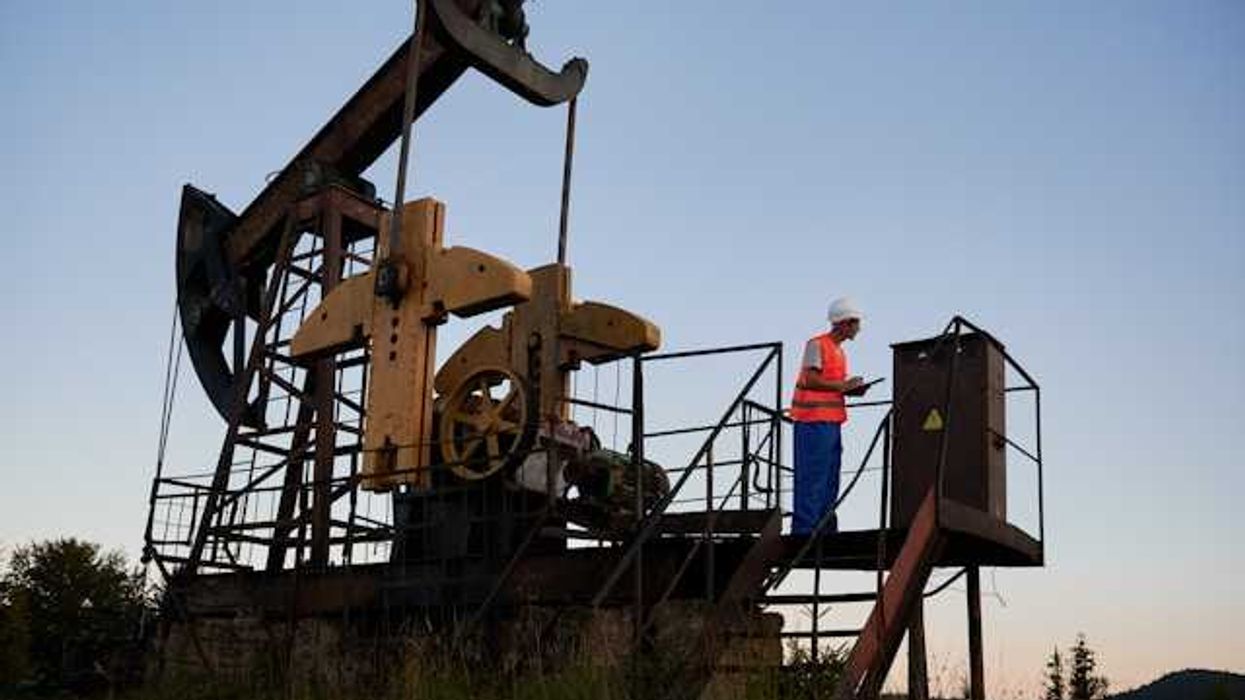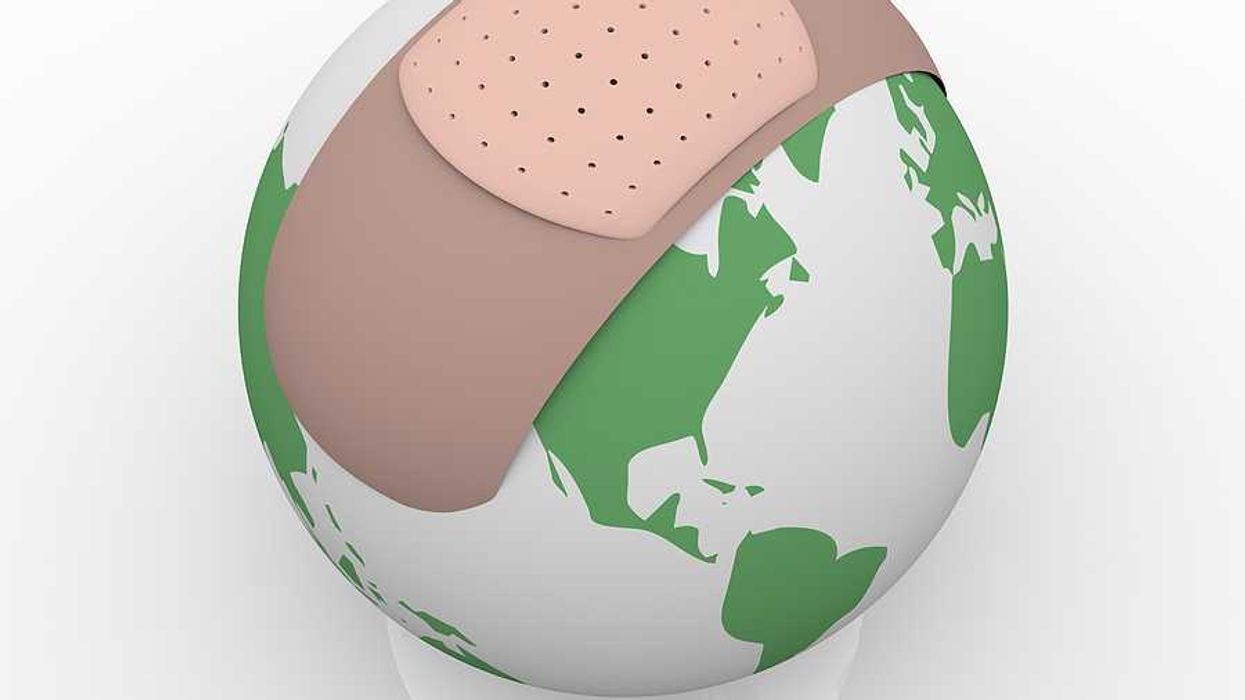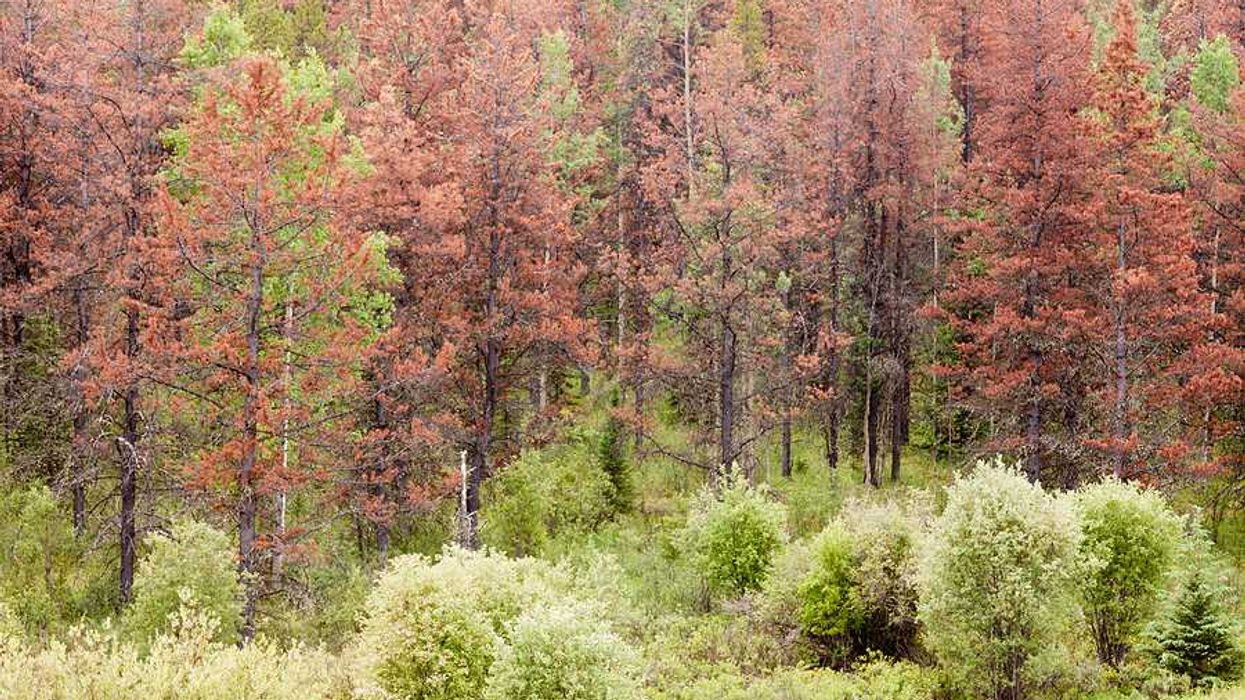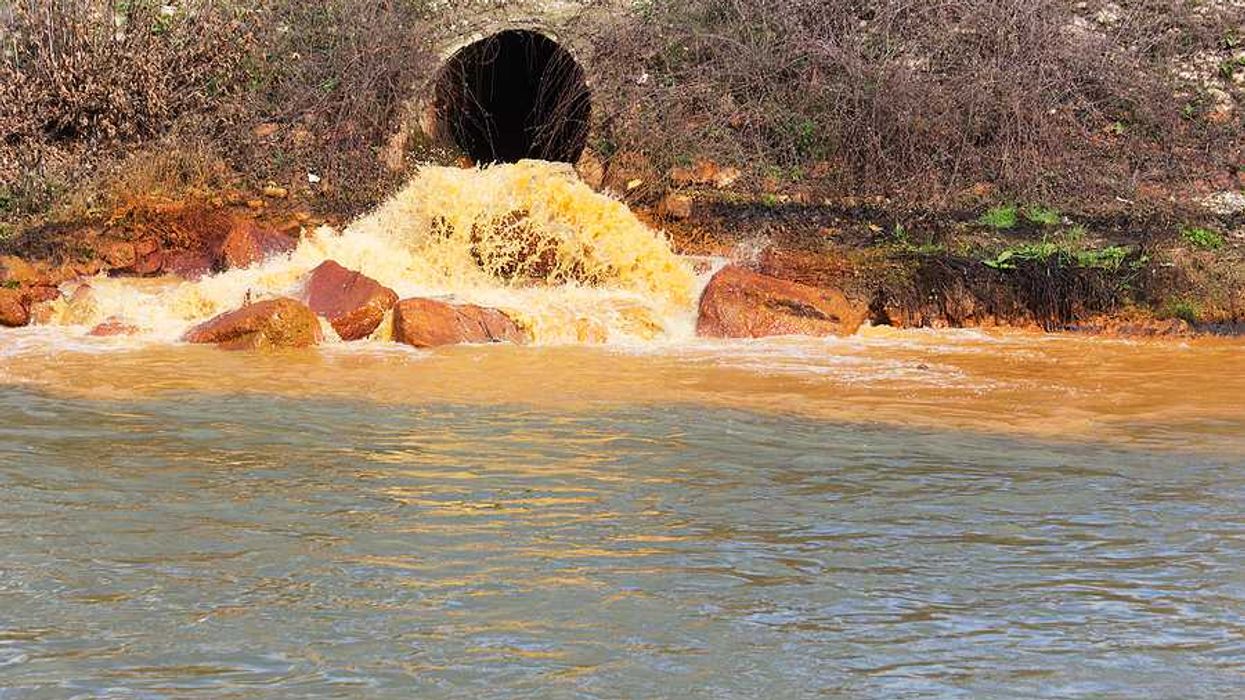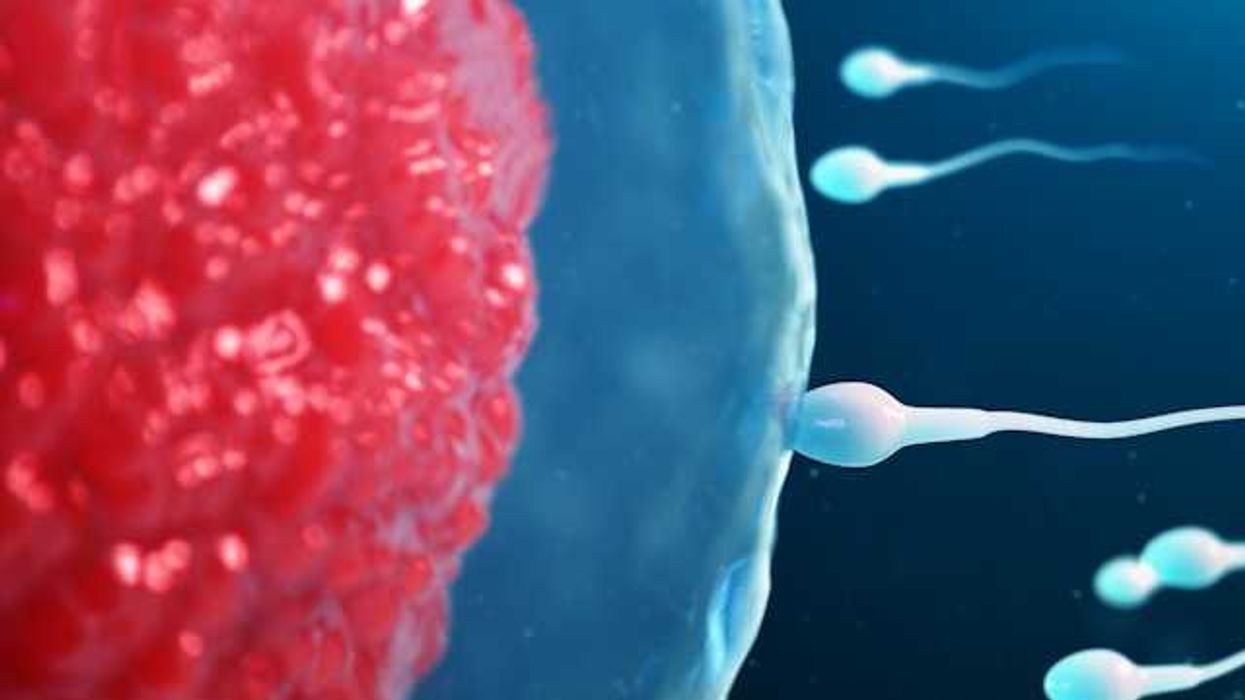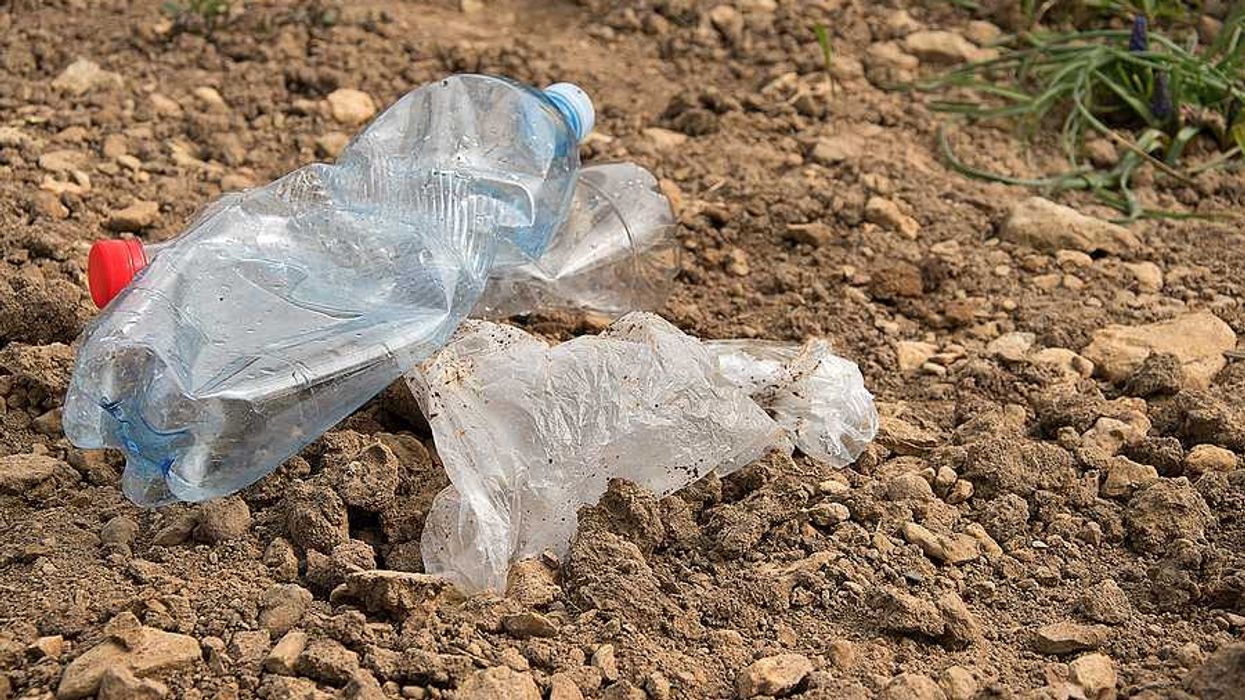The U.S. Environmental Protection Agency has finally prohibited the use of chrysotile asbestos, aiming to reduce the health risks associated with the mineral.
Sara Novak reports for National Geographic.
In short:
- Despite being known for its hazardous health effects, asbestos use persisted in the U.S. for decades, peaking in construction during the 1970s.
- Legal and lobbying efforts by the chemical industry have delayed the banning process, leading to a complex history of regulatory attempts.
- The new ban focuses on chrysotile asbestos but is criticized for not addressing all forms of the mineral, suggesting a partial victory in the fight against asbestos-related diseases.
Key quote:
"EPA tried to ban asbestos 35 years ago, in 1989. In 1991, a court decision largely struck down that ban and significantly weakened EPA’s authority under the Toxic Substances Control Act."
— Remmington Belford, EPA press secretary
Why this matters:
Despite its known risks, chrysotile asbestos has not been entirely banned in all countries and continues to pose health threats, particularly in environments where old building materials may deteriorate or during renovations of structures built with asbestos-containing materials.
What might a Trump presidency mean for chemical industry regulation? Be sure to read Derrick Z. Jackson;s 2018 piece: As asbestos toll mounts, Trump’s EPA ignores it.


